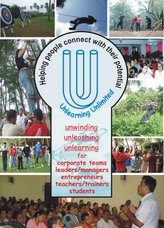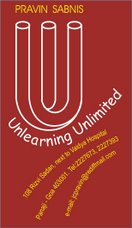The legend of Eklavya is found in the epic Mahabharat. Eklavya seeks
to study archery under the coaching of Dronacharya, mentor of the princes of
Hastinapura. When Eklavya approaches Drona, he is refused due to his humble
status of being a tribal. However, Eklavya, full of determination, creates a
statue of Drona and starts practising in front of it.
One day, during a hunting trip, Drona’s students come
across Eklavya and they realise his skill is superior to that of Arjun, Drona's
favourite and most accomplished student. An incensed Drona asks Eklavya to gift his right thumb as ‘guru-dakshina’
(a offering of gratitude to a teacher). Eklavya heeds to the demand without
hesitation.
Drona's demand, for Eklavya's thumb and his initial
refusal to accept him as a student, was indeed mean and unfair. However, it is
pertinent to focus on the attitude and approach of Eklavya to learning. Though
his teacher refuses to teach, he does not give up on his education and
development in his desired skill. He shows what focused pursuit of learning can
do.
A good teacher can facilitate learning, but not
without a good student. Hence, the teacher must empower the passion of learning
in the student. For once the passion is kindled; the learner can cross all
restrictions. The story of Eklavya shows that the traits of desire, dedication,
discipline and determination are the ones that help learners to be better at
connecting to their potential.
It is said so well that ‘lessons are meant to be
learnt, not taught’. And that is the real lesson. As learners, we must realise that
the onus lies on us to learn from our teacher. And as a teacher, we must accept
that even if put in our best efforts, it is to the credit of the student to
rise to greater levels of competency.
To BE BETTER at nurturing potential, aim at the
right spot…
The Eklavya story tells how to learn without being taught!
- Pravin K. Sabnis
Goa, India.




No comments:
Post a Comment